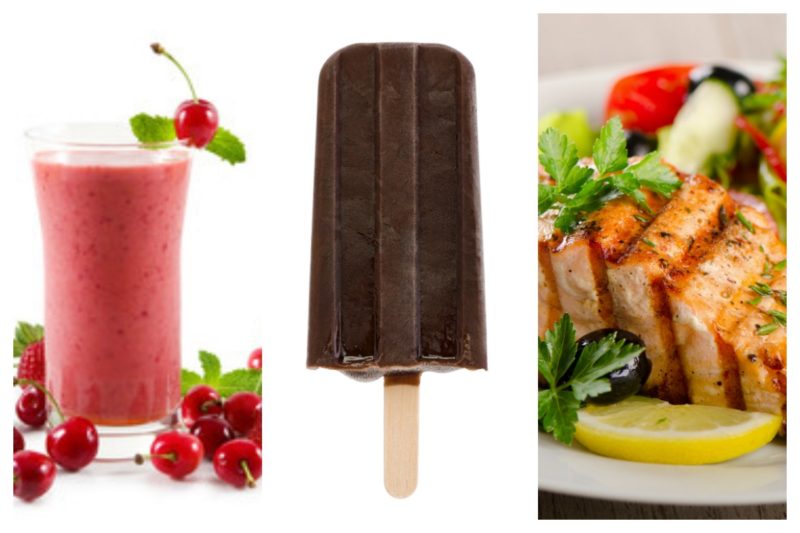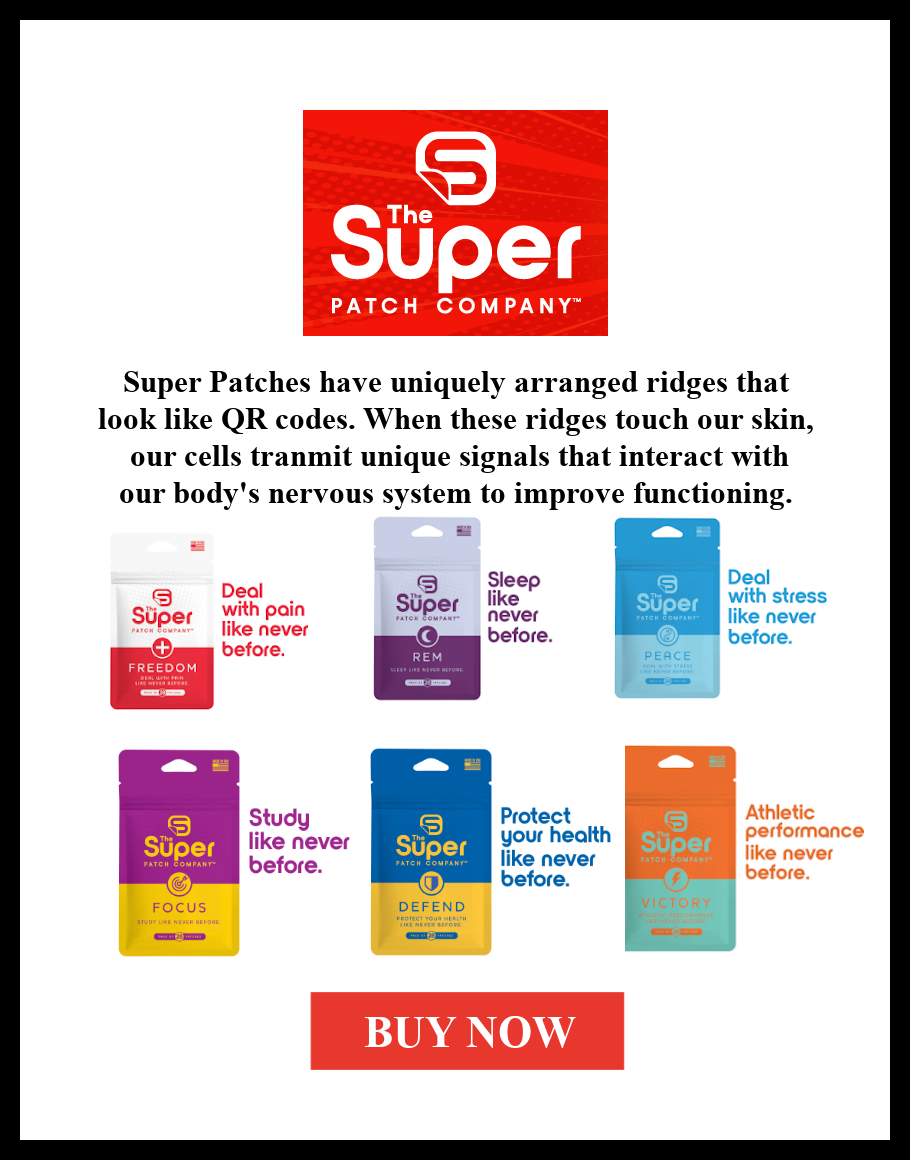
The Power of Food for Pain Relief
The power of food to prevent and treat disease is vastly underestimated by both patients and physicians. This is no accident. Ever since the passage of the Dietary Supplement Health and Education Act (DSHEA) of 1994, it has been a federal crime for food or supplement producers to make any claims about the health benefits of their products. Under the DSHEA, if a health claim is made for a food, that claim classifies it as a drug that requires FDA approval. Offenders can face prison terms equivalent to a life sentence. The sale of the products can be prohibited, and the products can be seized and destroyed. Few, if any, food or supplement producers can afford the hundreds of millions of dollars it costs to get drug approval. When a producer makes health claims for nutritional products, it’s a crime regardless of whether the information is true or is supported by scientific evidence. At the same time, pharmaceutical companies are free to promote their products, leading consumers to believe that the only treatments that are effective are pharmaceuticals.
The truth is that many foods contain powerful, health-enhancing ingredients that are scientifically validated to prevent and treat many chronic health conditions, including chronic pain. And many of these foods are very delicious. You can enhance your health and reduce your pain while enjoying delectable dishes that include cherries, blueberries, chocolate (my personal favorite), salmon and ginger, just to name a few. Read on to learn more. I’ve even included some recipes.
Cherries for Pain Relief
Cherries contain powerful antioxidants known as anthocyanins which have been reported to reduce inflammation and inhibit pain enzymes just like some pain medications such as aspirin.
Studies suggest that athletes who regularly consume tart cherry juice in preparation for an athletic competition may experience less muscle pain. Sweet cherries seem to be even better for the inhibition of COX-2 enzyme, which causes inflammation. Regular red sweet cherries (Bing sweet cherries) were shown to have a greater anti-inflammatory activity than tart cherries. Researchers believe it may be the anthocyanin phytonutrients in cherries, and there are much more in sweet red cherries than in tart, and nearly none in yellow Rainer cherries.
Several studies have found that eating at least 10 cherries a day, drinking tart cherry juice or drinking liquid cherry extract protected people with existing gout from recurrent attacks. Other studies suggest that cherries may also help reduce symptoms of osteoarthritis (OA). Cherries could also play a role in alleviating some of the pain and discomfort brought on by Fibromyalgia. Cherries contain melatonin, which helps regulate the sleep cycle. One of the key treatment areas for patients with fibromyalgia is to regulate the sleep cycle. The anthocyanins found in cherries function in the same manner as ibuprofen, and thus, may help relieve the pain of fibromyalgia syndrome. Because fresh cherries have limited availability, what about other cherry products? In terms of anthocyanin phytonutrients, fresh is best, but frozen would appear to be the second-best choice.
Blueberries for Pain Relief
Blueberries have been found to increase levels of compounds known as heat shock proteins in the body. These are involved in the cell’s natural response to stress and are thought to decline naturally with age.
These berries, like cherries, are a potent source of anthocyanins and contain tannins which reduce swelling. Known to help boost brain power, lower cholesterol, and ease digestion, blueberries are considered a superfood.
Blueberries are high in antioxidants, which help reduce the systemic inflammation that can lead to Rheumatoid Arthritis and other inflammatory conditions. Compounds known as free radicals have the ability to destroy healthy cells, and antioxidants destroy those free radicals.
Here’s my favorite recipe for getting my dose of cherries and blueberries:
Blueberry/Cherry/Banana Smoothie
- 1 cup plain, organic, low fat yogurt
- ½ cup water
- 1 ripe banana
- 1 cup frozen, organic, pitted cherries
- 1 cup frozen wild blueberries
- A handful of kale or spinach (optional)
- ½ teaspoon liquid stevia* (or other sweetener to taste)
(*Stevia is an herbal, calorie free sweetener with no known negative effects)
Combine all the ingredients in a blender until smooth and enjoy! Makes approximately 24 oz.
Chocolate for Pain Relief
Chocolate has many health benefits. It’s anti-inflammatory, improves blood flow, reduces heart disease, helps with sleep and improves mood.
The main active ingredient in chocolate is cacao, which helps you feel better because it:
- Increases endorphins, the body’s natural opiates
- Link with the brain’s cannabis receptors. It’s the only known food source of anandamide, a cannabinoid that is found naturally in the body that boosts mood.
- Increases serotonin levels
- Releases the body’s natural amphetamine, phenylethylamine,
- Contains tryptophan, which makes you sleepy.
- Boosts the effects of exercise. (Participants in one study who ate a small amount of dark chocolate two-to-three times a week and exercised 3.5 times a week had less body fat than the participants who didn’t eat chocolate.)
Dark chocolate with a cocao content of at least 65% is best. Dark chocolate is better than milk chocolate for promoting health because it has less sugar, more fiber, higher levels of iron, magnesium, phosphorus, potassium and flavonoids (a powerful antioxidant).
I have to confess to being a chocoholic—I need my daily dose or two, and the calories and sugar, even in dark chocolate, are a concern for me. So I came up with the following recipe that works for me:
Chocolate Popsicles
- 1 ½ cups organic, unsweetened soy milk
- 2 cups frozen cherries or 2 very ripe bananas or a combination
- 6 tablespoons Dagoba Authentic Organic Drinking Chocolate
- 4 tablespoons Fructevia* or to taste
(*Fructevia is a blend of stevia, fruit-derived fructose, inulin and magnesium carbonate, with only 4.8 calories per teaspoon, compared to 16 calories for sugar)
Blend all ingredients together until smooth, then pour into popsicle molds and freeze. Makes 6 large popsicles.
Salmon for Pain Relief
Omega-3 and omega-6 fatty acids have anti-inflammatory properties, though they must be ingested in proper proportion or omega-6 fatty acids can promote inflammation. The typical American diet contains 20 to 50 times more omega-6 fatty acids than omega-3 fatty acids—when the ideal ratio is 1:1
Studies have found that Omega-3 fatty acid supplementation helps back and neck pain, chronic headaches, rheumatoid arthritis, and inflammatory bowel disease. Omega-3s use the same pathways to block inflammation as NSAIDs do, but they do it more safely with fewer side effects.
Salmon is rich in omega-3 fatty acids. Wild caught salmon is best as it has a much higher content of Omega-3 fatty acids than farm raised salmon.
Super Simple Salmon Recipe
- Extra virgin olive oil
- Lemon juice concentrate
- Fresh or defrosted wild salmon fillets
Combine equal parts olive oil and lemon juice concentrate. Brush lightly on salmon. Bake at 400 degrees until fish flakes easily with a fork.
Ginger for Pain Relief
Ginger has been used medicinally in China and India for more than 2500 years. Ginger has gained fame as a digestive aid and immune booster, but research also suggests that ginger can be used as an aid for pain relief. Specific pain relieving substances have been found in ginger; these include gingerols, paradols, shogaols and zingerone.
Studies have found significant positive effects for osteoarthritis and rheumatoid arthritis, primary dysmenorrhea, pain recovery from surgery and pain from delayed onset muscle soreness. The higher the dose the better the effects. Note though that ginger also has blood thinning, anti-clotting effects.
Ginger can be readily found in beverages and candy, most notably ginger ale. Look for ginger ales in the natural foods section of your grocery store that have high amounts of real ginger and reduced sugar content. Crystalized ginger candy has a high ginger content but also a high sugar content. Ginger can also be found fresh in the produce section of your grocery store and added to stir fries.
Here’s one recipe that includes both ginger and lots of healthy vegetables from www.allrecipes.com. You can substitute an equal amount of whatever vegetables you have on hand.
Ginger-Vegetable Stir Fry

- 1 tablespoon corn starch
- 1 ½ cloves garlic, crushed
- 2 teaspoons chopped fresh ginger root, or to taste, divided
- ¼ cup vegetable oil, divided
- 1 small head broccoli, cut into florets
- ½ cup snow peas
- ¾ cup julienned carrots
- ½ cup halved green beans
- 2 tablespoons soy sauce
- 2 ½ tablespoons water
- ¼ cup chopped onion
- 1 ½ teaspoons salt
- In a large bowl, blend cornstarch, garlic, 1 teaspoon ginger, and 2 tablespoons vegetable oil until cornstarch is dissolved. Mix in broccoli, snow peas, carrots, and green beans, tossing to lightly coat.
- Heat remaining 2 tablespoons oil in a large skillet or wok over medium heat. Cook vegetables in oil for 2 minutes, stirring constantly to prevent burning. Stir in soy sauce and water. Mix in onion, salt, and remaining 1 teaspoon ginger. Cook until vegetables are tender but still crisp.
For more information on safe, effective ways to relieve pain, go to www.paintreatmentdirectory.com./strong>











Comments